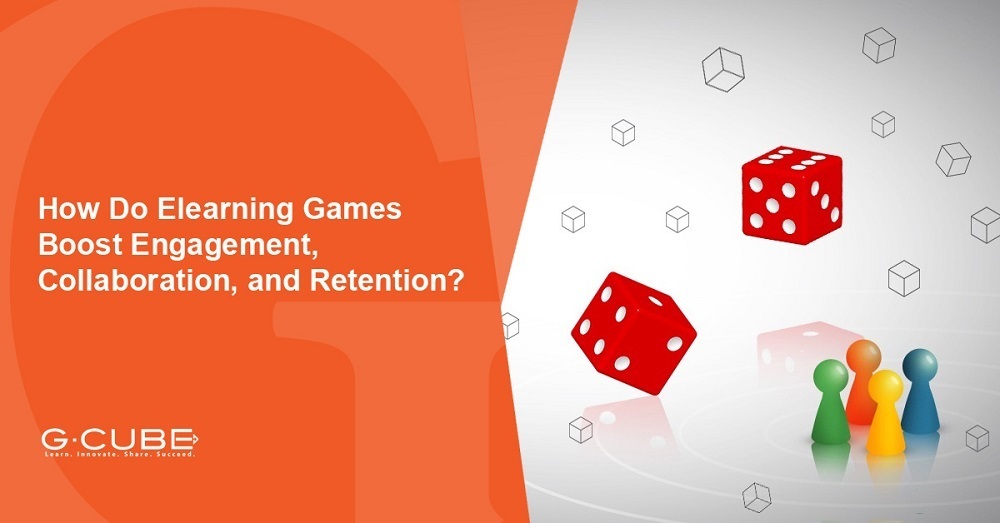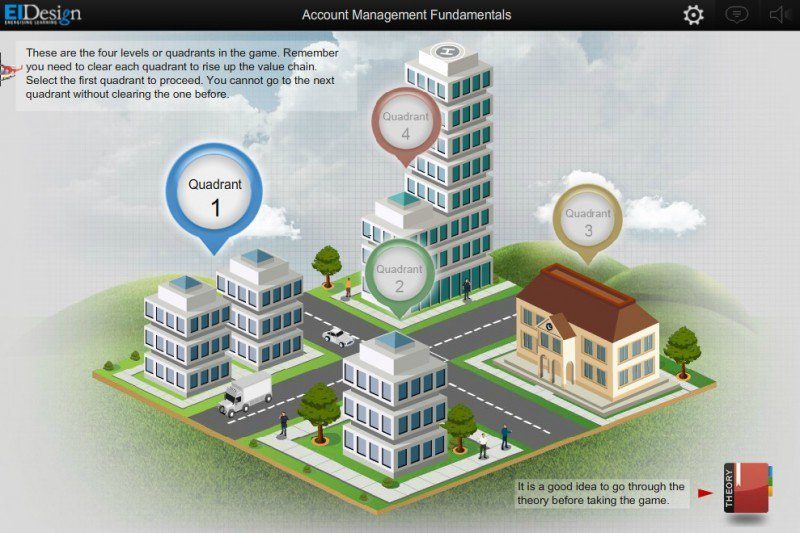Search for...
#Serious Games Bookmarks
Published Bookmarks
 How eLearning Games Boost Engagement
How eLearning Games Boost Engagement
eLearning games are gaining popularity as the new way of engaged learning for modern corporates. It aids trainers and educators to engage and encourage participants to access courses.
 Gamification In Learning: Featuring Gains Through A Serious Game Concept
Gamification In Learning: Featuring Gains Through A Serious Game Concept
Gamification In Learning: Featuring Gains Through A Serious Game Concept. A Case Study that compares serious game concept vs traditional eLearning approach.
 Gamification For Serious Learning: 5 Facts That Will Impress Your Boss
Gamification For Serious Learning: 5 Facts That Will Impress Your Boss
Wanted to know how to use Gamification for serious learning. Here is the article on Gamification for serious learning.
 6 Tips To Transform Compliance Online Training Into A Serious Game
6 Tips To Transform Compliance Online Training Into A Serious Game
Wondering how to transform Compliance Online Training into a serious game? Check 6 tips to transform Compliance Online Training into interactive serious games.
 9 Top Tips To Develop Microlearning Serious Games In Corporate eLearning - EIDesign
9 Top Tips To Develop Microlearning Serious Games In Corporate eLearning - EIDesign
Wondering how to develop Microlearning Serious Games in corporate eLearning? Check 9 tips to develop Microlearning Serious Games in corporate eLearning.
 5 Tips To Integrate 3D Simulation Software In Your Corporate Training Strategy - ITyStudio
5 Tips To Integrate 3D Simulation Software In Your Corporate Training Strategy - ITyStudio
Wondering how to integrate 3D Simulation Software in corporate training? Check 5 tips to integrate 3D Simulation Software in corporate training.
 4 Ways Serious Games Companies Can Take Corporate Training To The Next Level - ITyStudio
4 Ways Serious Games Companies Can Take Corporate Training To The Next Level - ITyStudio
Want to know how Serious Games Companies can take corporate training to the next level? Check what you need to know about Serious Games Companies.
 4 Benefits Of Adopting An HTML5 eLearning Authoring Tool For Your Company - ITyStudio
4 Benefits Of Adopting An HTML5 eLearning Authoring Tool For Your Company - ITyStudio
Want to know the benefits of adopting an HTML5 eLearning Authoring Tool for your company? Check 4 benefits of adopting an HTML5 eLearning Authoring Tool.
Interactive Media Authoring Tools: 5 Things Your Boss Needs To Know
Interested in Interactive Media Authoring Tools? Check 5 things your boss needs to know about Interactive Media Authoring Tools.
 5 Ways 3D Learning Games Make Online Training More Effective - ITyStudio
5 Ways 3D Learning Games Make Online Training More Effective - ITyStudio
Want to know how 3D Learning Games can make online training more effective? Check 5 ways 3D Learning Games can make online training more effective.
Submit Bookmark




